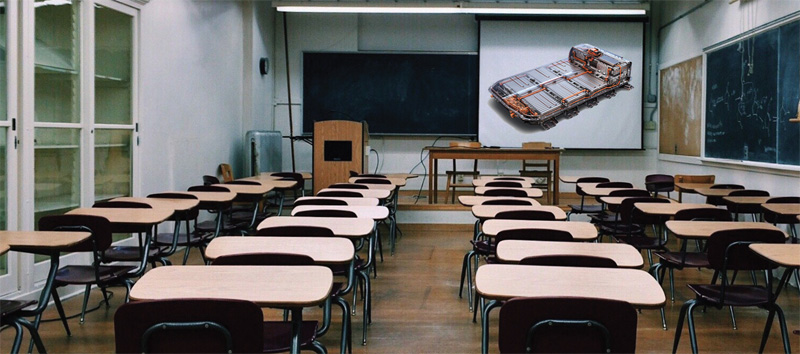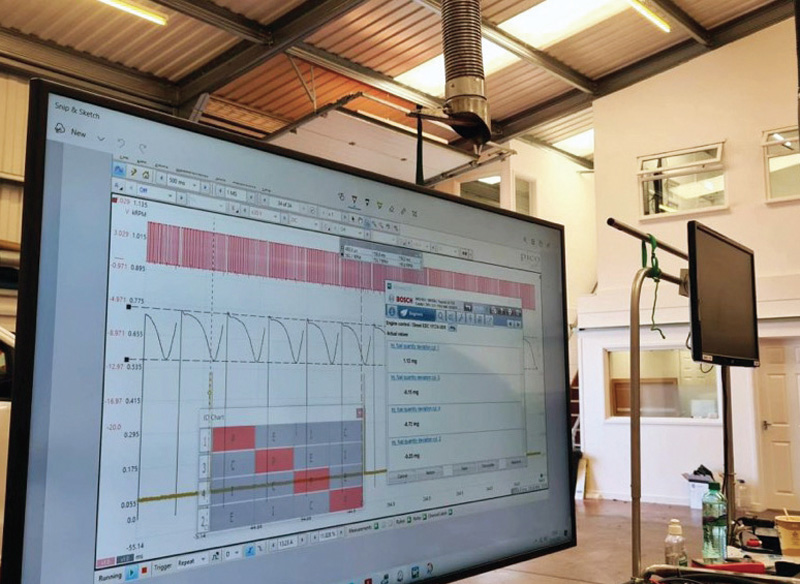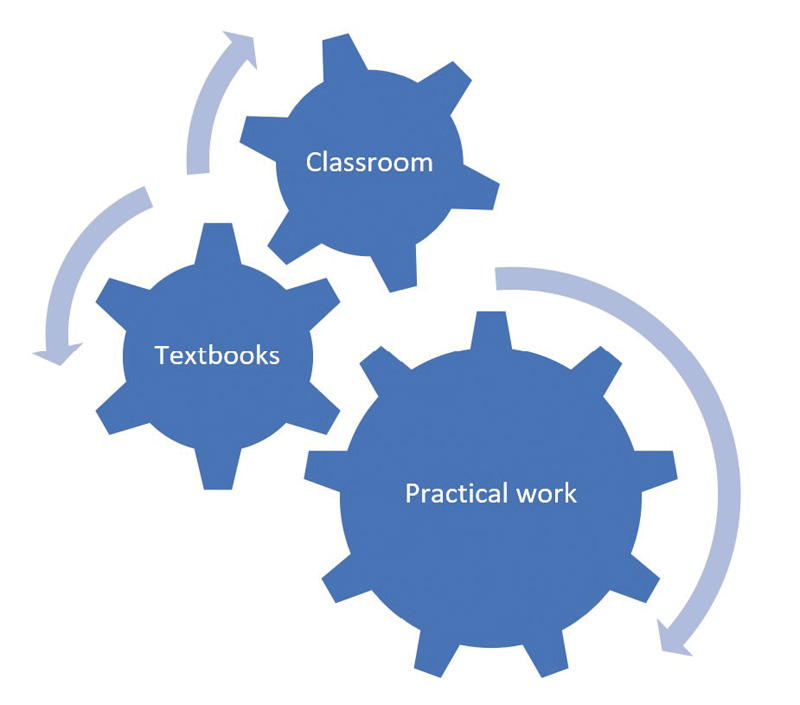
Tom Denton, founder of the Automotive Technology (AT) Academy and prolific publisher of automotive training textbooks, moves onto his third article in his series on learning. This month Tom takes a look at the different components to learning.
In the first two articles in this series I looked at EV training and then at how we all learn using different methods. Of course we are all different, so what suits one person may not suit another. However, all the evidence suggests that learning by ‘doing’ is the best method. It is important to note that this does not only mean practical work. ‘Doing’ can also relate to learning actively rather than passively. As always descriptions and opinions vary, but for the purpose of our discussions I will define these two things as:
- Passive learning is a method of learning or instruction where students receive information from the instructor as direct instruction or lecturing. This style of learning is teacher-centred
- Active learning is a method where students take an active or participatory role in the learning process. Students and instructors engage in cooperative dialogue. This style of learning is student-centred
There is some crossover between these methods and for example, it is possible to make a lecture less passive if it includes activities and/or the students engage by asking questions. To illustrate this further, I will compare the learning experiences in a workshop, in a classroom and using textbooks.
Textbooks
There are several benefits to learning from a textbook. It is available anytime you need it, you can re-read it when needed, you make the decisions on where to start and the pace of your learning, and you decide which books to use in the first place. See my website if you need recommendations!
The main downside to self-learning from a book is not being able to ask questions about something you don’t understand or need clarification on. Of course, practical tasks can only be a guide. The secret to making good use of a textbook (or any other written content) is to read actively. For example, keep notes, highlight important parts, and research further anything you don’t understand. Many people prefer the traditional paperback textbooks but eBooks now come with some nice interactive features.
Classroom lecture
A step up from self-learning from a book or document is a classroom presentation, but it can still be a passive process unless you choose to be involved. There are different types of classroom working but I am assuming a fairly traditional lecture here for comparison purposes.
One clear advantage is that you are able to ask questions. A good presenter will also be able to make the process entertaining and probably illustrate the subject from personal experience. A downside is that just listening can be a very tiring process – I am sure we have all had a quick nap during some presentations.
It is likely that in a good classroom presentation you will be asked to carry out activities. For example thinking about a specific topic, discussing with a partner and then perhaps sharing back with the whole class. The secret however, once again, is to be active and take control of your own learning. Take a photo of an important slide, keep notes and ask questions, stay involved.

Workshop
Particularly because most of our work is practical, learning in a practical workshop is by far the best option. We all remember more when we take part in a practical activity. Actively doing something seems to work best of all because it uses different parts of our memory. In a workshop you are encouraged to ask the facilitator questions, but also sharing experiences with others is really useful. It is much easier to remain awake and active in this situation but taking notes and getting involved are the key aspects as always.

A potential downside of learning in a practical workshop is access to equipment, but this very much depends on the particular establishment and the number of attendees. Large screens like the one shown in figure 3 at TTHQ are a great way to see what is going on.
Summary
As a final point, good learning will almost certainly result if the range of situations above are effectively combined. For example, read a section of a book, attend a lecture, and then carry out tasks in a workshop.

A practical workshop is almost always best but, while quality of learning is dependent on methods, styles and situations, your attitude and effort is what will really determines the outcome!
In the final article in this series we will consider the following questions: What do you really need to know? Why bother learning anything when you can just look it up?









